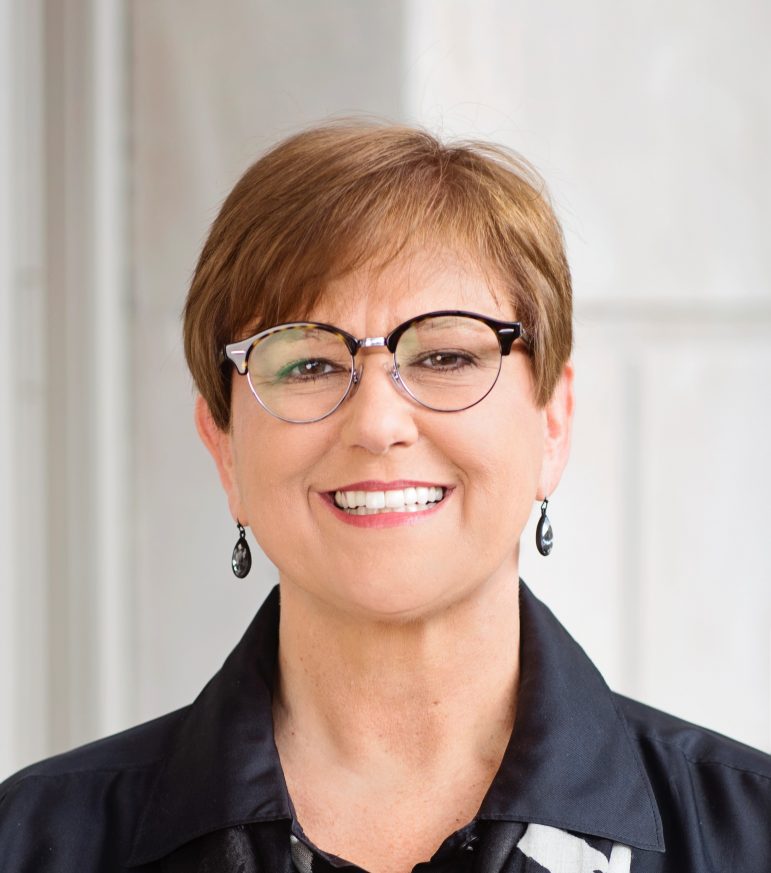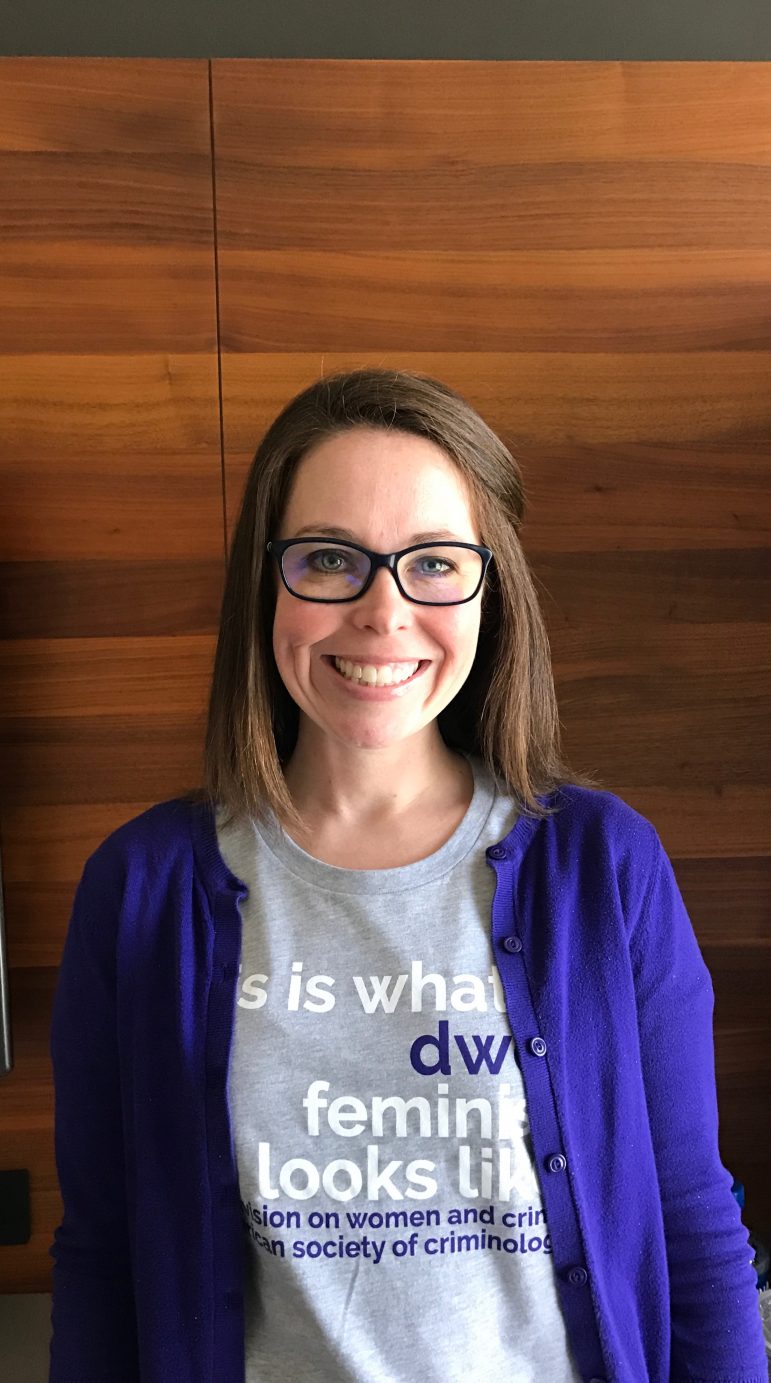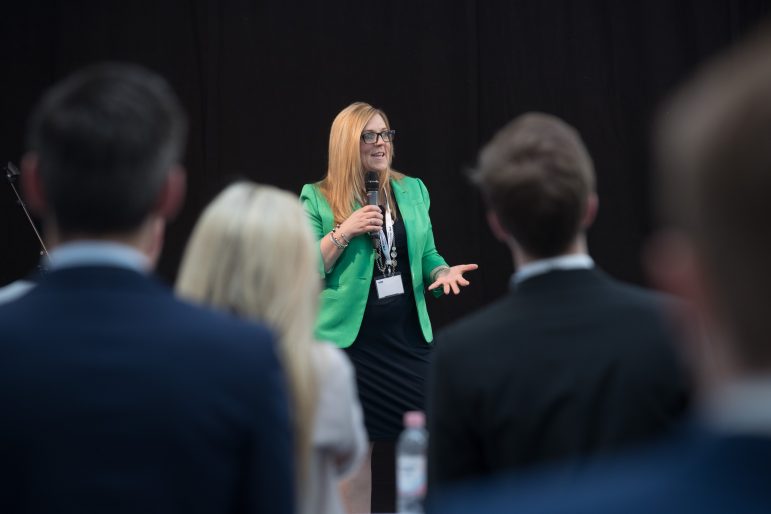To earn as much as men in comparable jobs make in a year, women have to work that full year — and then until March 31 of the next. That is what the National Committee on Pay Equity calls Equal Pay Day. The gender pay gap continues to widen, especially for women of color.
Carole Leigh Hutton, vice president of business development and marketing at Inforum, strives to create equal opportunities for all women in leadership.
“Providing equal opportunities across all genders is a solution to the problem,” Hutton said. “If we look at racial/ethnic lines among the gender pay gap, it is worse for African American women and even worse for Hispanic women compared to white women. Whether this bias is unconscious or not, it’s still a result of women having fewer opportunities.”

Hutton said the solution to the gender pay gap lies in looking at the talent gap. This gives women the same opportunities in the workplace based on talent, without regard to gender, race and ethnicity. This will then create more diverse leadership roles to close the pay gap.
These are the Equal Pay Days for 2020. Women in these groups have to work this far into 2020 and add it to their 2019 earnings to match what men made in 2019
| Asian American women February 11 | White Women March 31 | Moms June 4 |
| African American womenAugust 13 | Native American womenOctober 1 | Latinas November 2 |
A primary factor influencing women to leave an organization is compensation. Although children, work atmosphere, and lack of development opportunities are also factors, the pay gap is considered a main reason.
Brittney Kopchia, a new employee at Quality Aire Systems, has changed jobs for an opportunity to increase her salary and responsibilities.
Kopchia said, “in my previous profession, I was hired into a certain position and then was promoted to a different position. My responsibilities and duties for the company increased, but the pay didn’t. Comparing myself to somebody else that was previously in my spot, they were paid exponentially more. Being relatively new to the corporate world at the time, I didn’t know if this was a gender pay issue.”

Kopchia said the solution to equal pay is sharing salary information.
“Salary is a very private aspect to people, but having a standardized ladder of increase would help,” Kopchia said. “For example, to obtain a position everyone needs to have the same qualifications. Once you’re in the position, you make a set amount of money. As you climb the ladder, there should be no deviation.”
Not only are women in the workplace seeing pay gap trends, but men as well.
Elementary school teacher Ian Cooke agrees people who are equally qualified should be paid the same.
Cooke said there aren’t any structural reasons for it to happen in education, as the pay scales are not differentiated according to gender, but in practice there may be a gap. Reasons include women taking on childcare responsibilities, teachers transferring to a new school district, and old-fashioned beliefs.

“We need to continue to select and promote women into areas of leadership,” Cooke said. “Also, more transparency in the hiring processes to ensure women are represented equally when decision making around pay and salary takes place.”
Editor-in-chief at Michigan Advance Susan Demas recognizes the gender pay gap in certain age groups.
Demas said, “we tend to see the pay gap affecting women in their 20s and 30s. It hurts the most when you’re coming up, because that’s when it’s harder to pay your bills. That is when you have to make tough decisions.”

Demas also believes the solution lies with salary information, but from colleagues.
“The best guard that women can have is to converse with colleagues,” Demas said. “From personal experience, talking with my male colleagues gave me all the advice I needed. I think the gender pay gap is closing, but nowhere near where it needs to be.”
The gender pay gap not only affects young women entering careers, it also affects older women who are caretakers.
Fixed-term assistant professor at Michigan State University Sarah Prior believes the pay gap starts within the family structure.
“As women become older, the gap widens due to the lack of paid parental leave,” Prior said. “Therefore, women are the primary care providers for children and tend to put their career trajectory on hold. This also widens the gap in terms of pay because women have put their most productive years on hold.

“Although the pay gap has become better, I think this issue will have to take a legislative change. We have to consider factors that protect parents, such as parental leave for both spouses, adequate health care, and providing sick leave. We need to change the nature of human beings believing men should make more because they have to provide for the family,” Prior said.
Vice President of Global Talent Management and Diversity Sarah O’Hare focuses on implementing new initiatives for women in the workplace.

“We all have this subconscious potential bias that we are not aware of because we grew up in a society that imprints ideas, O’Hare said. “I think this needs to be explored regarding the gender pay gap. I think this has an affect on who companies hire, promote, have social gatherings with and so on. Until this is taken into account, women will be paid less in the workplace.”